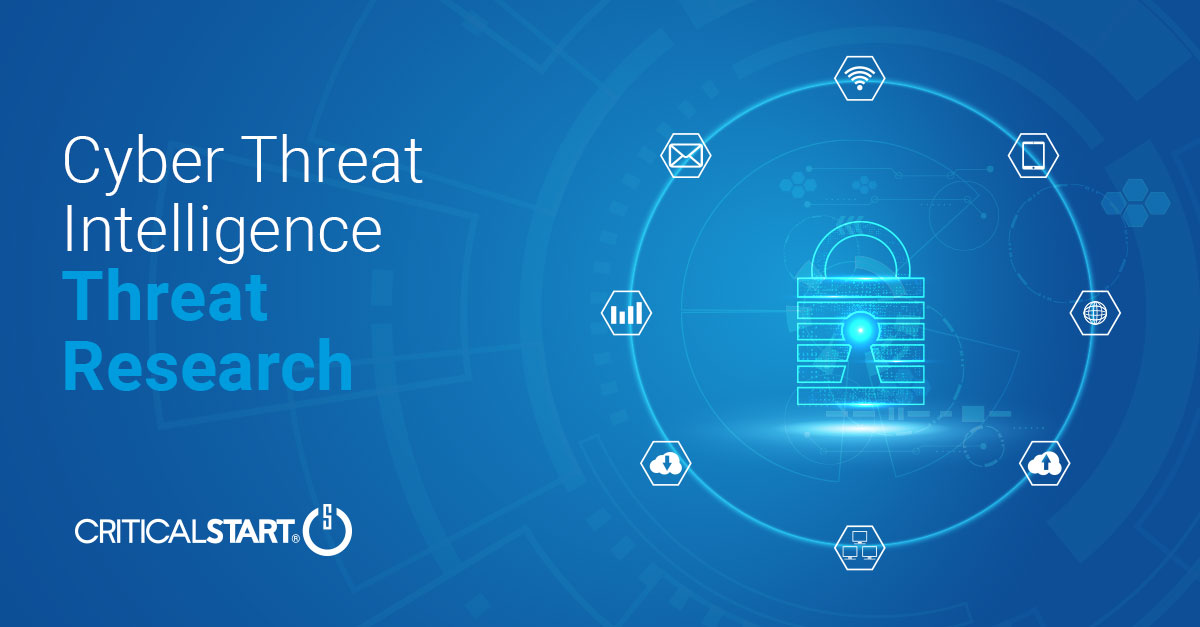Surfing the Risks: Navigating Public Wi-Fi’s Hidden Threats

Threat Background
Public Wi-Fi networks, while offering convenience, expose users to various security vulnerabilities due to their open nature and absence of encryption. Although Wi-Fi scanning malware has historically been less prevalent compared to other malicious software categories like ransomware, trojans, or phishing attacks, a novel variant of Wi-Fi scanning malware has recently emerged in the wild. Termed “Whiffy Recon,” this new malware specializes in compromising Windows machines and focuses on acquiring the geographical location of the targeted devices. The individuals or groups responsible for developing and distributing this malware remain unidentified, and their motives behind targeting Wi-Fi-connected devices are unclear. This development could potentially mark a pivotal moment in the threat landscape, indicating a shift towards the utilization of this attack vector for propagating malicious software. Consequently, it is imperative for organizations and individuals to recognize the inherent risks associated with public Wi-Fi and to adhere to best practices in order to safeguard sensitive information effectively.
Public Wi-Fi Vulnerabilities
- Data Interception: Public Wi-Fi networks lack proper encryption, making your work-related data susceptible to interception by malicious actors. This includes sensitive company information, login credentials, and communications.
- Adversary-in-the-Middle Attacks (AitM): Attackers can position themselves between your device and the public Wi-Fi hotspot, intercepting and even altering the data you’re exchanging with websites or online services. This allows them to steal data or inject malicious content.
- Corporate Data Exposure: If you’re working remotely on sensitive corporate projects or accessing proprietary information, using public Wi-Fi might expose that data to unauthorized individuals who can intercept it.
- Rogue Hotspots: Cybercriminals can create fake Wi-Fi networks with names similar to legitimate ones to trick users into connecting. Once connected, attackers can intercept your traffic and potentially launch various attacks.
- Network Sniffing: Attackers can use software to monitor network traffic on public Wi-Fi networks, capturing unencrypted data packets and potentially extracting sensitive information.
- Malware Distribution: Cybercriminals can exploit public Wi-Fi to distribute malware to connected devices. Malicious software can be embedded in files, ads, or websites, and when users connect to the network, their devices may get infected.
- Unencrypted Data Transmission: Public Wi-Fi networks often lack proper encryption, making it easier for malicious actors to intercept and read the data being transmitted between your device and the network. This can include sensitive information like login credentials, personal messages, and financial details.
- Session Hijacking: Attackers can hijack your active sessions on websites or services if they are not using proper encryption, gaining unauthorized access to your accounts.
- Lack of Monitoring: When working from home, your company’s IT team might have less visibility and control over your network environment, making it harder to detect and respond to security incidents.
- Shared Networks: If you live in an apartment building or housing complex, you might be sharing the same public network with other residents. This increases the risk of attacks like Address Resolution Protocol (ARP) spoofing and network sniffing.
Mitigations
To enhance remote work and travel security of employees, educating them on best practices is essential. Employees should maintain a clear separation between devices used for work and personal tasks. Ensure their operating system, applications, and security software are continuously updated and confirm their device’s firewall is on. Additionally, employees need to prevent unauthorized access by disabling file sharing and should choose a secure mobile hotspot or a dedicated work network instead of public Wi-Fi. When possible, companies should provide a trusted VPN for encrypted internet traffic to employees and require multi-factor authentication for work-related accounts. Furthermore, employees should ensure secure data exchange by using HTTPS when accessing websites, regularly monitor their accounts and devices for any unusual activity, and back up their work regularly to prevent data loss. Lastly, when employees must connect to an open public Wi-Fi network they should manually disconnect after use.
Conclusion
Employees who work from home or are traveling for business purposes are often reliant on public Wi-Fi. While public Wi-Fi can be convenient, it’s important to prioritize security and take proactive measures to protect work-related information and company’s sensitive data. It is valuable for organizations to understand the cyber risks of their employees and help educate them on how to mitigate these risks while on a public network or home network.
__________________________________________________________________________
CRITICALSTART® offers a pioneering solution to modern organizational challenges in aligning cyber protection with risk appetite through its Cyber Operations Risk & Response™ platform, award-winning Managed Detection and Response (MDR) services, and a dedicated human-led risk and security team. By providing continuous monitoring, mitigation, maturity assessments, and comprehensive threat intelligence research, they enable businesses to proactively protect critical assets with measurable ROI. Critical Start’s comprehensive approach allows organizations to achieve the highest level of cyber risk reduction for every dollar invested, aligning with their desired levels of risk tolerance.
References:
RESOURCE CATEGORIES
- Buyer's Guides(1)
- Consumer Education(39)
- Consumer Stories(2)
- Cybersecurity Consulting(4)
- Data Breaches(15)
- Data Privacy(43)
- Incident Response(2)
- Interview(51)
- MDR Services(59)
- MobileSOC(6)
- News(5)
- Press Release(101)
- Research Report(9)
- Security Assessments(2)
- Thought Leadership(19)
- Threat Hunting(3)
- Video(1)
- Vulnerability Disclosure(1)
